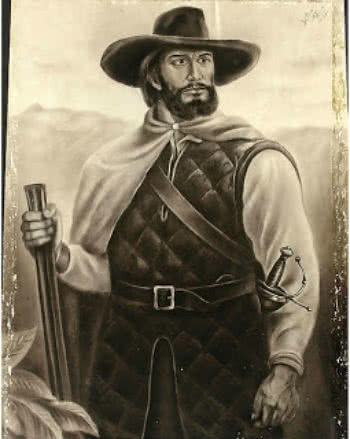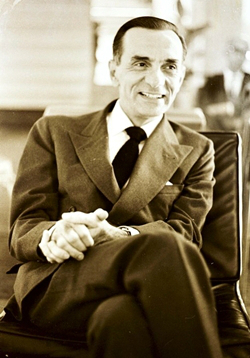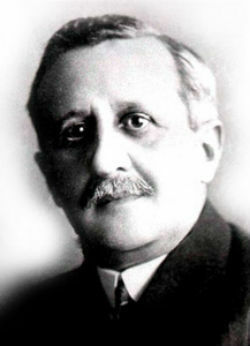Manuel of Cat Borb he was a pioneer from São Paulo, discoverer of gold and held the position of ordinary judge in Sabará.
He participated in the Emboabas War and was the son-in-law of the pioneer Fernão Dias Pais.

Borba Gato's Biography
Manuel de Borba Gato was born in São Paulo, in 1649. His parents were from Terceira Island and settled in the then captaincy of São Vicente in the 1630s.
His father, João Borba Gato, participated in flags. Likewise, his uncle, Belchior de Borba Gato, was a pioneer in the São Paulo hinterland and later became involved in the revolt against the Jesuits and in the Aclamação de Amador Bueno (1641).
With this familiar surroundings, the young Manuel Borba Gato would become a pioneer and married Maria Leite, daughter of the "Caçador de Esmeraldas" and Indians, Fernão Dias Pais.
Bandeirante's life
Manuel Borba Gato, in the company of his father-in-law, traveled between 1674 and 1681, through the forests of São Paulo and Mato Grosso.
After 1681, when Dias Paes had already died, he went to Minas Gerais where he fell out with a nobleman and ended up killing him. In order not to be condemned, he preferred to escape into the woods and ended up finding gold in the Rio das Velhas. In this way, he negotiated with the authorities a pardon for the crime in exchange for revealing the exact location of the gold veins.
Thus, in 1698, he obtains a pardon and the position of lieutenant (an officer who performs, by delegation, the functions of someone else). Then he indicated where the precious metal was in the riverside and in the Sabará mountains.
Later, he would rise to the rank of Lieutenant General of Mato and was responsible for organizing justice, dividing the gold mines and sending the taxes that corresponded to the Portuguese Crown.
It is said that Borba Gato was highly esteemed by the governors of São Paulo, as he handed over several permissions for mine exploration, dates and mining to friends and relatives.
During the War of Emboabas he pitted the population of the Rio das Velhas camp (now Sabará) against the foreigner Manuel Nunes Viana.
In fact, Borba Gato set up a gang (a document posted so that the population would know about the official resolutions) demanding the removal of Nunes Viana from the camp. The disagreement between the two was the trigger, among other factors, to the war that would confront explorers and newcomers to Minas Gerais.
Borba Gato died in 1718 and his remains are in an unknown location.
Statue of Borba Gato and Controversy
Bandeirantes such as Raposo Tavares, Fernão Dias Paes and Borba Gato are part of the historical formation of the city and state of São Paulo. The three names mentioned are the name of streets, roads and have statues in the Museu Paulista.
After all, because of the flags, the limits of the Treaty of Tordesillas were extended and Portuguese America grew. Later, the sovereigns of Portugal and Spain would have to sign other treaties in order to resolve the boundary issues between their colonies in America.

However, Brazilian historiography has reassessed the role of the bandeirantes, as one of the objectives of these expeditions was to hunt indigenous peoples and enslave them. Often entire villages were destroyed and their inhabitants dispersed forever.
Borba Gato, in addition to having a statue in the Paulista Museum, has a large monument 10 meters high and 20 tons in the Santo Amaro neighborhood. Inaugurated in 1963, by Júlio Guerra, it portrays the explorer with a beard, hat and gun in his hand.
In 2008, a group of city dwellers questioned the value of honoring a man of dubious virtue and proposed eliminating the monument. The initiative did not prosper, but the reflection remained for future generations.
Again, in 2020, the monument was painted with graffiti, as many believe that a person who caused so much suffering to the indigenous people does not deserve to be on public roads.
know more about Entries and Flags



